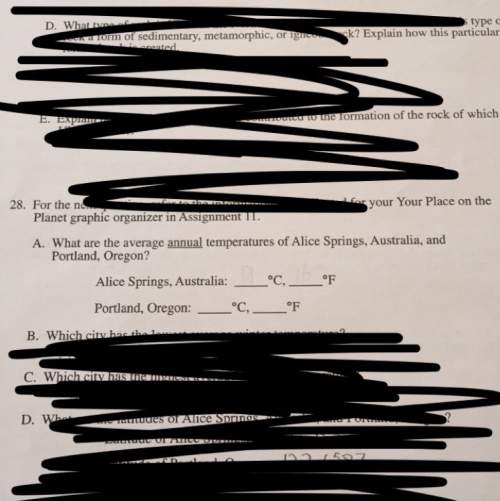
The boltzmann distribution is central to (physical) chemistry. it describes the distribution of energy (states = electronic, vibrational, rotational, conformers, etc). the ratio of populations of various states (energies, conformations) of a molecular system is described by the boltzmann distribution. for example, to describe populated vibrational and rotational energy levels in a molecule. one form of the boltzmann distribution is n2 n1 = e−(e2−e1 )/kt where t is the temperature, and n1 and n2 refers to the ratio of populations in states with energies e1 and e2. here k is the boltzmann constant k = 1.381 x 10-23 j k-1 . if we use molar values for energies (ie j/mol or kj/mol) that must be taken into account. note that na x k = r, the gas constant (8.314 j k-1 mol-1 ). it is clear that the greater the energy difference, the smaller the ratio of populations. it is also clear that the greater the temperature, the greater the proportion of molecules in the higher energy states. if we have a number of energy states, such as conformations of a flexible molecule, then we can use the boltzmann distribution to determine the population of each state. %pop(ni) = e−δei /kt e−δei /kt i ∑ ×100% the energy can be any form of chosen energy, including electronic energy (ee), zpe corrected energy (e0), enthalpy (h) or gibb’s free energy (g). the amino acid alanine is conformationally flexible, and in the gas phase is predicted to have 15 different conformations. note that in the gas phase, amino acids are not chargeseparated zwitterions but standard neutral, covalent compounds. in this exercise, you are going to generate a spreadsheet with appropriate formulas to calculate the percentage population of each conformation as a function of temperature.

Answers: 2


Another question on Chemistry

Chemistry, 22.06.2019 09:30
1. explain hydrogen peroxide, h 2 o 2 properties and decomposition reaction. 2. describe how each of the following natural cycles plays a part in earth’s climate system. (a) the water cycle (b) the carbon cycle
Answers: 1

Chemistry, 22.06.2019 09:40
In the lab, ammonia was mixed with water to form ammonium hydroxide. what is/are the reactant(s)? o water and ammonia o ammonia o ammonium hydroxide need
Answers: 2

Chemistry, 22.06.2019 14:00
The two naturally occurring isotopes of chlorine are 35cl (34.969 amu, 75.77%) and 37cl (36.966 amu, 24.23%). the two naturally occurring isotopes of bromine are 79br (78.918 rm amu, 50.69%) and 81br (80.916 amu, 49.31%). chlorine and bromine combine to form bromine monochloride, brcl. 1. how many peaks will be present in a mass spectrum for brcl? the four combinations of molecule possible given these four isotopes are: 81br37cl, 81br35cl, 79br37cl, and 79br35cl. 2. what are the masses of the four different brcl molecules? express the masses using six significant figures, in decreasing numeric order (highest to lowest), separated by commas.
Answers: 3

Chemistry, 22.06.2019 18:30
Asample of hydrated tin (ii) chloride (sncl2) has a mass of 4.90 g. when it is dehydrated, it has a mass of 4.10 g. which is the correct chemical formula for the hydrate? sncl2•2h2o sncl2•4h2o sncl2•6h2o
Answers: 2
You know the right answer?
The boltzmann distribution is central to (physical) chemistry. it describes the distribution of ener...
Questions


Mathematics, 13.12.2020 22:00


Computers and Technology, 13.12.2020 22:00

Social Studies, 13.12.2020 22:00

Mathematics, 13.12.2020 22:00

Mathematics, 13.12.2020 22:00

Mathematics, 13.12.2020 22:00




Mathematics, 13.12.2020 22:00

Mathematics, 13.12.2020 22:00

Computers and Technology, 13.12.2020 22:00

Mathematics, 13.12.2020 22:00


World Languages, 13.12.2020 22:00

Mathematics, 13.12.2020 22:00

Mathematics, 13.12.2020 22:00

Mathematics, 13.12.2020 22:00




